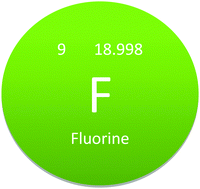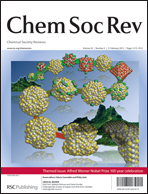While most high and medium oxidation state (O.S. ≥ 3) metal and non-metal fluorides and oxide fluorides are strong Lewis acids, exploration of their coordination chemistry with neutral ligands has been limited and mostly non-systematic. This is despite the very different properties conferred on the acceptor centre by the small electronegative fluoride ligands compared to the heavier halides. This article sets out these key differences, discusses possible synthetic routes, the key characterisation techniques, and appropriate bonding models. Current knowledge of the coordination chemistry of d, f and p-block fluorides and oxide fluorides with neutral ligands (with donor atoms drawn from Groups 15 and 16 and including N-heterocyclic carbenes) is then presented and discussed, and the differences in properties compared to complexes containing the heavier halides are illustrated. The emphasis is on work published post 1990, but earlier work is also included as essential background and where no more recent information exists. Attention is drawn to unexplored areas meriting investigation and to possible applications of these complexes.

You have access to this article
 Please wait while we load your content...
Something went wrong. Try again?
Please wait while we load your content...
Something went wrong. Try again?


 Please wait while we load your content...
Please wait while we load your content...